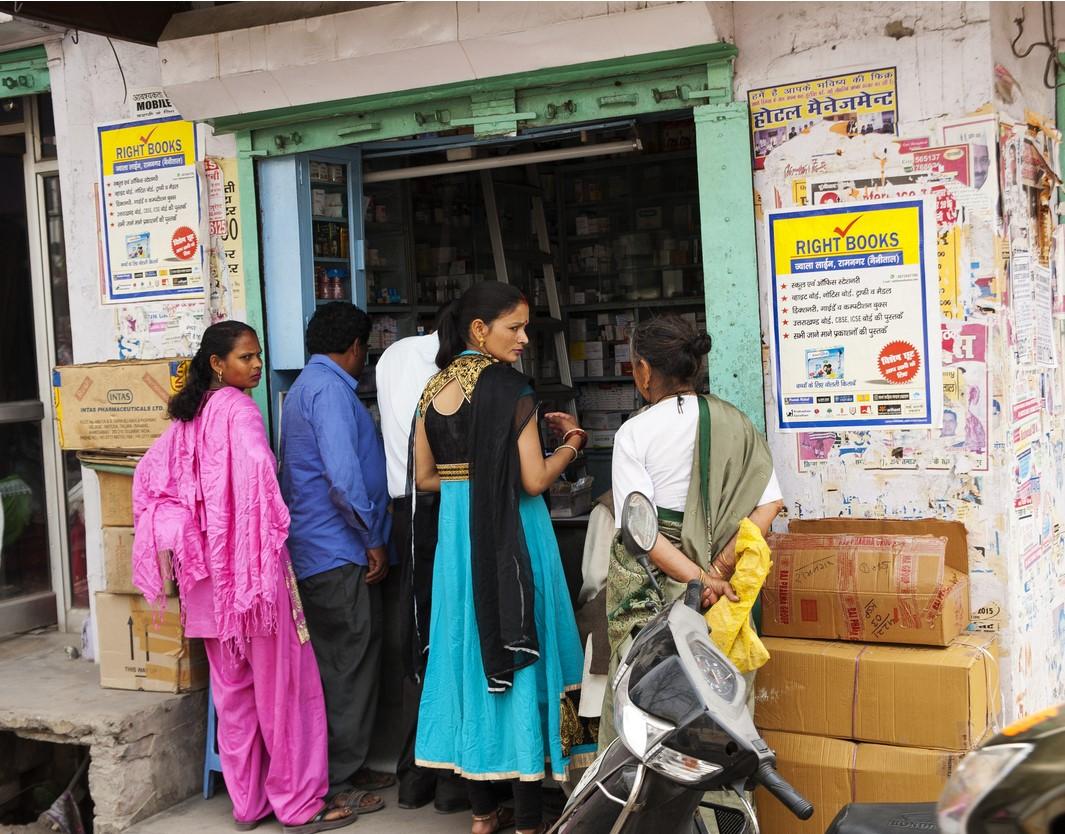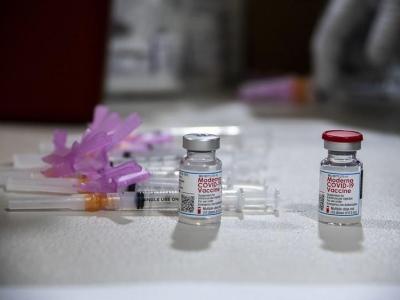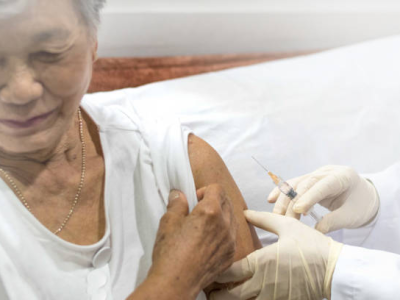Editor's note: This story was updated late on Feb 5 with comments from Ramanan Laxminarayan, PhD, MPH, director of the Center for Disease Dynamics, Economics and Policy.
Millions of units of unapproved antibiotics are being sold in India and undermining the country's efforts to combat rising antibiotic resistance, according to a new study.
In a study published yesterday in the British Journal of Clinical Pharmacology, a team of British and Indian researchers combed through antibiotic sales data and regulatory records and found that nearly two thirds of the fixed-dose combination (FDC) antibiotics sold in India had no record of regulatory approval. Selling unregulated antibiotics in India is illegal.
Nearly half of the FDCs—which are formulations comprising two or more drugs in a fixed ratio of doses—were combinations of antimicrobials, and these combinations were commonly pharmacologically incompatible, the researchers found. In addition, several were produced by multinational pharmaceutical companies, some of whom have made public commitments to combat antibiotic resistance.
"Selling unapproved, unscrutinised antibiotics undermines measures in India to control antimicrobial resistance," lead author Patricia McGettigan, MD, of Queen Mary University of London, said in a university press release.
The study adds to concerns about unregulated antibiotic use in India, a country with high rates of antibiotic consumption, lax regulatory enforcement, poor healthcare infrastructure, and one of the highest rates globally of antibiotic resistance. India is one of the five BRICS countries (Brazil, Russia, India, China, and South Africa) that accounted for three quarters of the 36% rise in worldwide antibiotic consumption between 2000 and 2010, according to a 2016 study. That study also found that in the BRICS countries 23% of the increase in retail sales volume of antibiotics was attributable to India.
The study also raises questions about how committed multinational pharmaceutical companies are to appropriate use of antibiotics.
Unapproved antibiotic combinations
In the study, the researchers analyzed Indian pharmaceutical sales data from 2007 to 2012 and looked at published drug approvals listed by India's national regulator, the Central Drugs Standard Control Organization (CDSCO). They also looked at whether the drugs were approved in the United States and the United Kingdom.
They wanted to see how many of the antibiotic formulations sold in India—both FDCs and single drug formulations (SDFs)—were CDSCO-approved, to examine antibiotics sales trends, and determine the sales of antibiotics deemed the highest priority by the World Health Organization (WHO).
Of the 118 FDCs found in the sales database, 43 (36%) were CDSCO-approved and 75 (64%) had no record of approval. Four of the FDCs (3.4%) were approved in the United States and the United Kingdom. Eighty of 86 SDF antibiotics (93%) were or were likely to be CDSCO-approved, with 6 having no record of approval.
Nearly half of the FDC formulations (58 of 118, 49%) were composed of two antimicrobials, and 43 of 58 (74%) of these combinations were not approved by Indian regulators. This is problematic, because in many cases, the study notes, the component drugs were pharmacologically incompatible. Some of the FDC components required different dosing frequencies. An example was a product that combined azithromycin, which is supposed to be taken once a day, with cefpodoxime, which is supposed to be taken twice daily.
Other combinations were "poorly considered," the researchers found, with some of the most highly prescribed FDCs combining broad-spectrum antibiotics with anti-protozoal drugs for the treatment of diarrhea. While the combination of norfloxacin and metronidazole, for example, is intended to cover diarrhea that could be caused by bacterial or amoebic causes, the authors argue that this could potentially exacerbate diarrhea by disrupting normal gut flora.
Overall, the researchers found that total antibiotic sales in India increased by 26% over the study period, rising from 2,055 million units in 2007 to 2008 to 2,583 million units in 2011 to 2012, with FDCs rising by 38% and SDFs by 20%. By 2011-2012, antibiotic FDCs accounted for over a third of antibiotic sales (872 million units), an amount the study authors call "strikingly high." Unapproved FDCs accounted for 34.5% of the FDCs sold annually. FDCs containing WHO-designated "highest priority critically important" antibiotics—a category that includes quinolones, cephalosporins, and macrolides—accounted for 42% of all FDCs sold in India in 2011 and 2012.
The 118 FDC formulations gave rise to 3,307 brand-name products made by 476 pharmaceutical manufacturers, 12 of which were multinational pharmaceutical corporations. Of the 53 FDCs manufactured by multinationals, 20 were not approved in India, and only 4 were approved in the United States and the United Kingdom.
Call for ban on sale of unapproved FDCs
The findings don't surprise Ramanan Laxminarayan, Phd, MPH, an expert in antibiotic resistance and director of the Center for Disease Dynamics, Economics and Policy. But he says they're important to highlight, given concerns that FDC antibiotics promote resistance.
"The use of unregulated and unauthorized FDCs may be among the most serious drivers of resistance in India, and the fact that some of these are made by US multinationals...is cause for concern," Laxminarayan, who was not involved in the study, told CIDRAP News. "This would not be acceptable practice in the United States. Why do these companies engage in these practices in India and other LMICs [lower- and middle-income countries]?"
The authors say that until India tightens its regulatory system for antibiotics, any measures to control antibiotic resistance will be undermined by the sale of unapproved drugs. They argue that a starting point should be a government ban on the manufacture and sale of unapproved antibiotic formulations, beginning with dual antimicrobial FDCs.
They also say that multinational corporations should be required to justify the sale of antibiotics in India that don't have the approval of their own national regulators or Indian regulators.
"If these actions were implemented," they write, "India could participate effectively in the solutions proposed for national and global action on resistance."
The study comes on the heels of a report measuring progress on commitments made by pharmaceutical industry leaders at the 2016 World Economic Forum in Davos, Switzerland. In what has become known as the Davos Declaration, more than 100 companies pledged to combat antibiotic resistance by investing in research and development for new antibiotics and by supporting appropriate use and stewardship of antibiotics.
In a report by the AMR Industry Alliance—a collection of more than 100 companies and trade associations representing the pharmaceutical, biotechnology, generics, and diagnostic industries—more than 80% of companies responding to a survey said they are engaged in activities to support appropriate use of antibiotics. This included efforts to ensure that their marketing and promotional efforts are consistent with the goal of advancing stewardship.
See also:
Feb 4 Br J Clin Pharmacol study
Feb 4 Queen Mary University of London press release
Jan 18 CIDRAP News story "Report tracks industry progress on drug resistance"

























